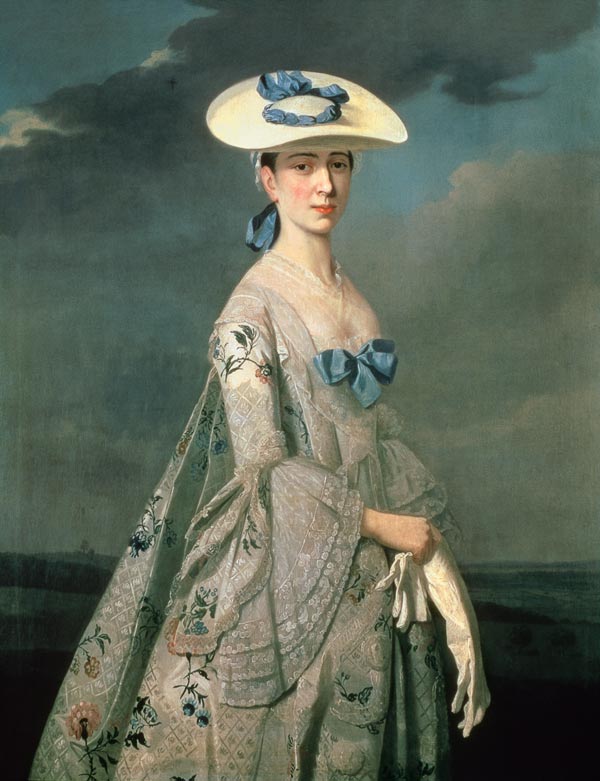Engageante on:
[Wikipedia]
[Google]
[Amazon]
 Engageantes are false
Engageantes are false
Glossary of 18th century dress terms
History of clothing (Western fashion) 18th-century fashion 19th-century fashion 1900s fashion 1910s fashion
 Engageantes are false
Engageantes are false sleeve
A sleeve ( ang, slīef, a word allied to ''slip'', cf. Dutch ) is the part of a garment that covers the arm, or through which the arm passes or slips.
The sleeve is a characteristic of fashion seen in almost every country and time period, acro ...
s worn with women's clothing
Clothing (also known as clothes, apparel, and attire) are items worn on the body. Typically, clothing is made of fabrics or textiles, but over time it has included garments made from animal skin and other thin sheets of materials and natural ...
. They were worn during the 18th and 19th centuries, with a brief revival in the 20th century.
In the 18th century, engageantes took the form of ruffles or flounces of linen, cotton
Cotton is a soft, fluffy staple fiber that grows in a boll, or protective case, around the seeds of the cotton plants of the genus '' Gossypium'' in the mallow family Malvaceae. The fiber is almost pure cellulose, and can contain minor pe ...
, or lace
Lace is a delicate fabric made of yarn or thread in an open weblike pattern, made by machine or by hand. Generally, lace is divided into two main categories, needlelace and bobbin lace, although there are other types of lace, such as knitted o ...
, tacked to the elbow-length sleeves then fashionable.
In the mid-19th century, the term ''engageante'' was used for separate false sleeves, usually with fullness gathered tight at the wrist, worn under the open bell-shaped "pagoda" sleeves of day dress
A dress (also known as a frock or a gown) is a garment traditionally worn by women or girls consisting of a skirt with an attached bodice (or a matching bodice giving the effect of a one-piece garment). It consists of a top piece that co ...
es. The fashion reappeared briefly just after the turn of the 20th century.
External links
{{Commons category, EngageantesGlossary of 18th century dress terms
History of clothing (Western fashion) 18th-century fashion 19th-century fashion 1900s fashion 1910s fashion